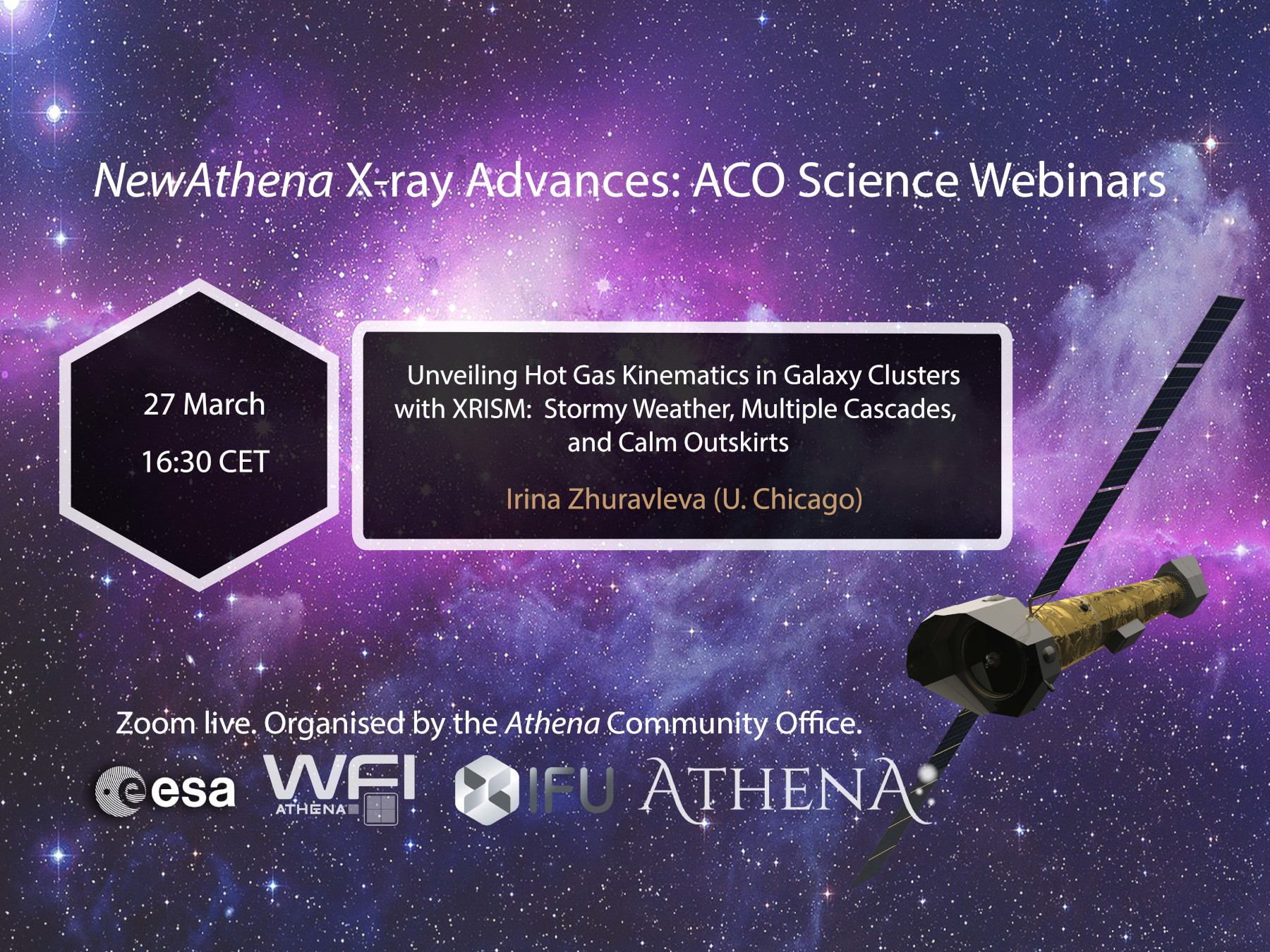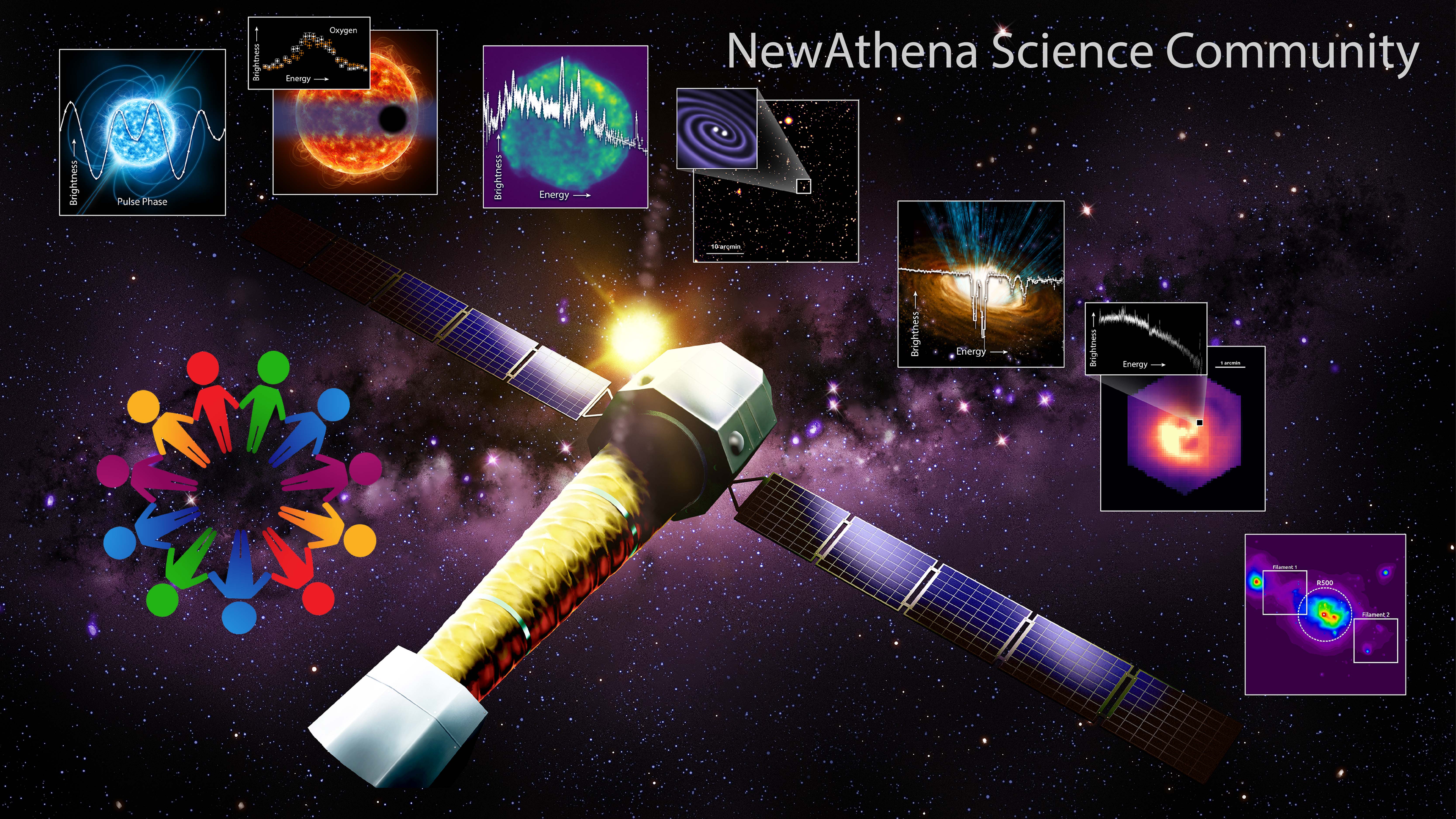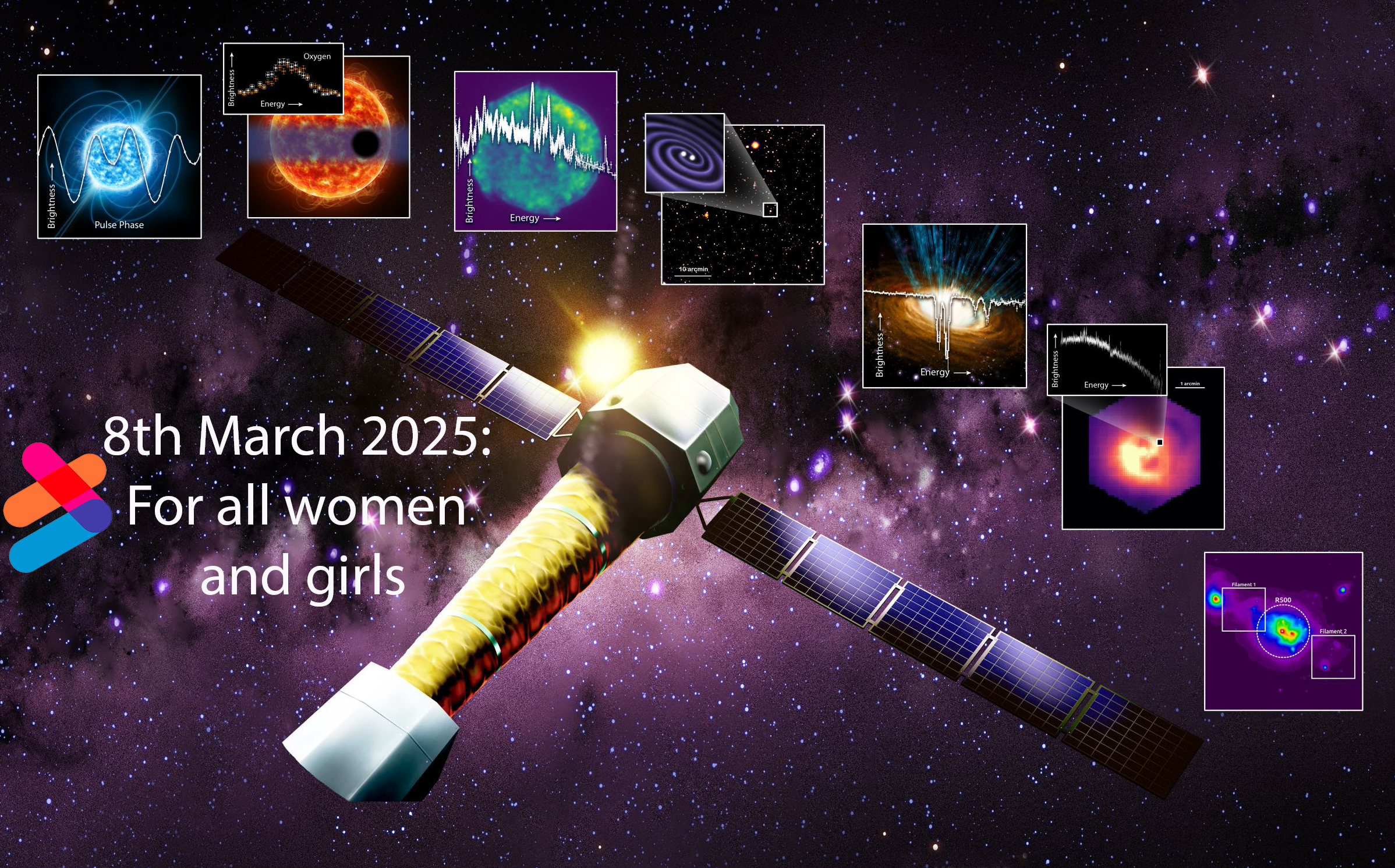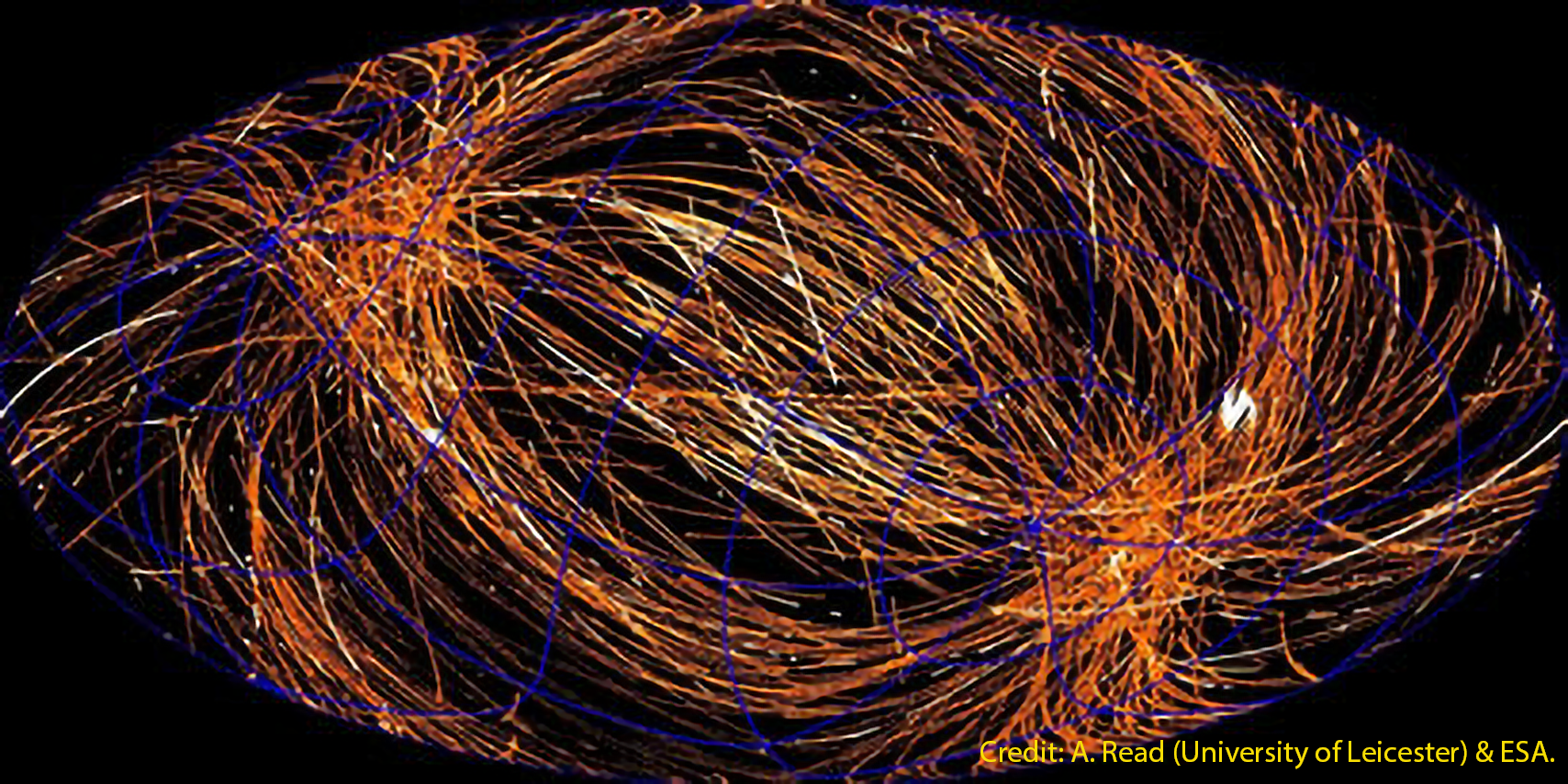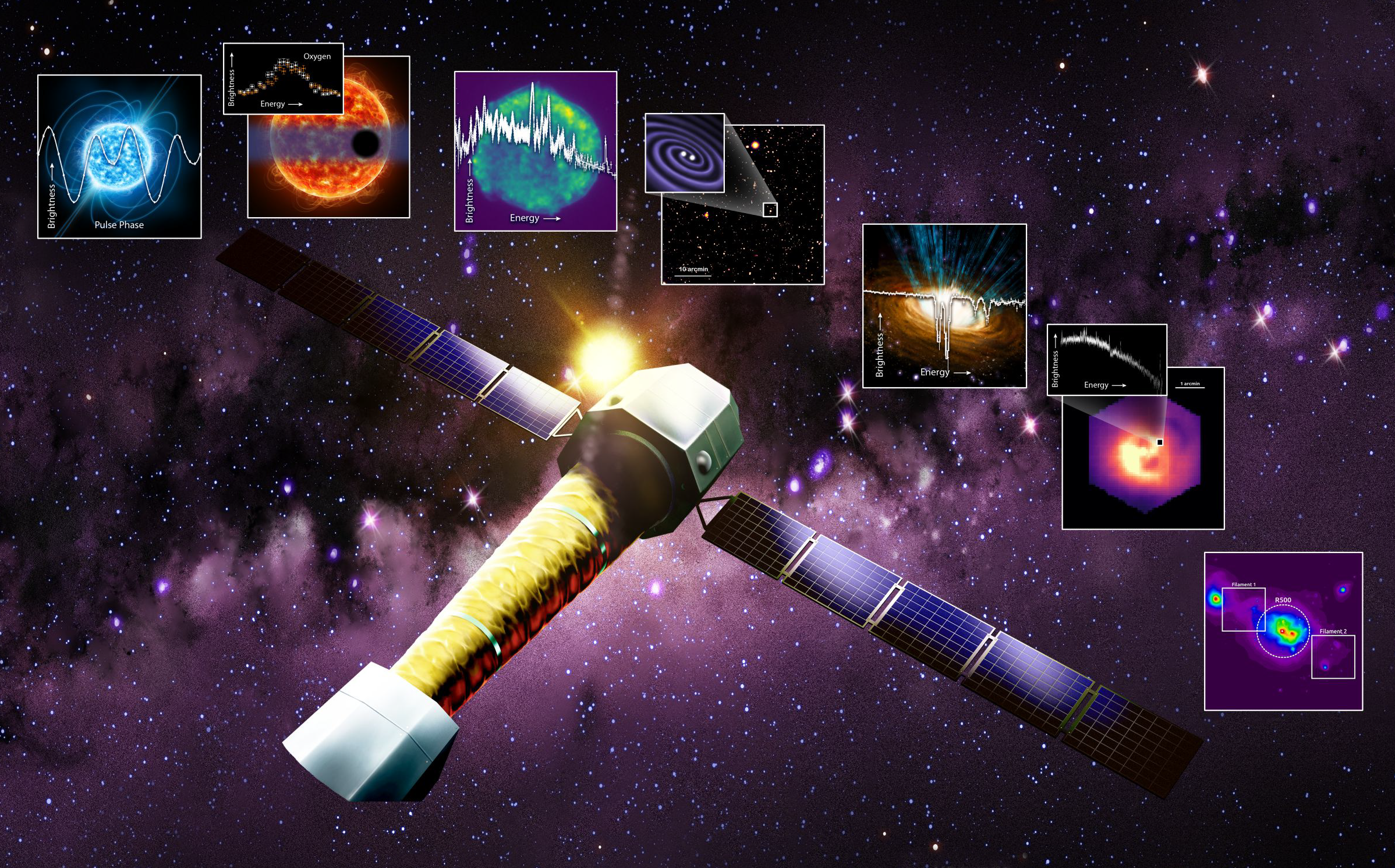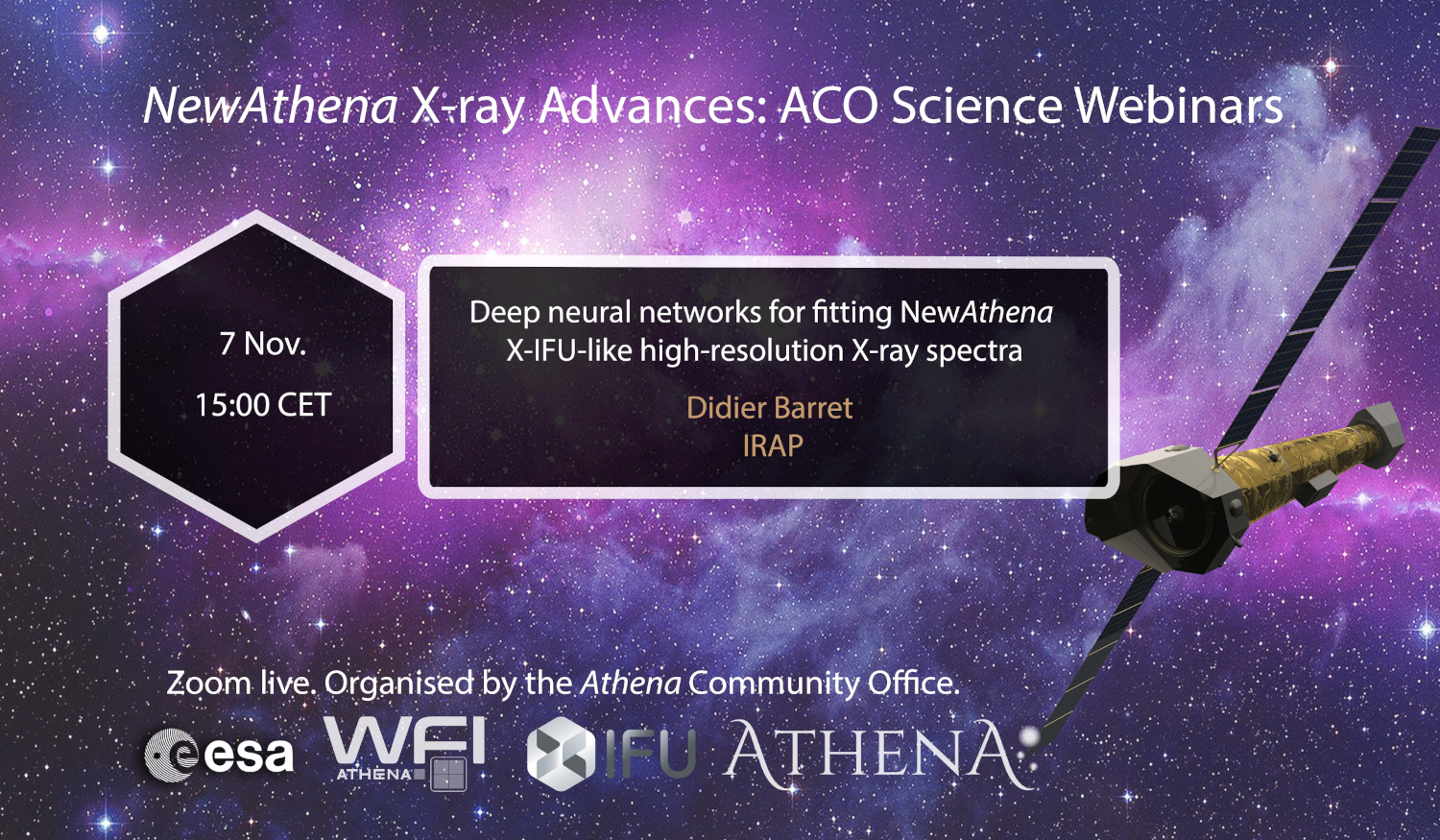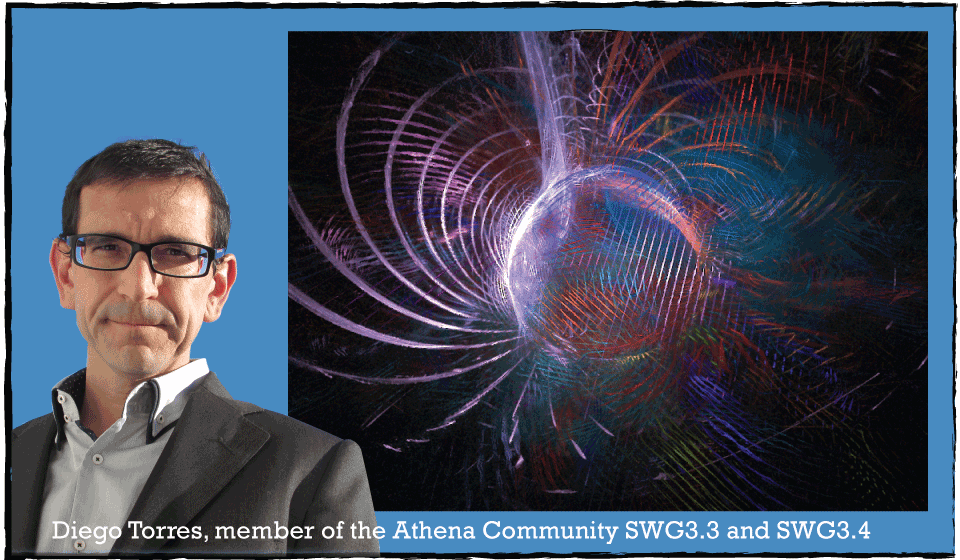
Athena will detect many unknown pulsars as revealed by a work recently published by Diego F. Torres

Diego F. Torres, director of the Institute of Space Sciences (ICE, CSIC) in Barcelona, ICREA Professor, member of the Institut d'Estudis Espacials de Catalunya (IEEC) and also member of Athena Working Groups 3.3 and 3.4, has recently published the paper entitled “Order Parameters for the high-energy spectra of pulsars”.
In this work, Diego presents a theoretical model with only four physical parameters, able to fit the multifrequency spectra of all known pulsars, disregarding whether they are normal or millisecond pulsars, detected in X-rays or gamma-rays or both. When analyzing the fittings for all pulsars, relevant correlations of the model parameters appear, explaining the different observational behaviors.
The model shows that a mission like Athena could significantly constrain the spectrum of the many gamma-ray pulsars that could be similar to Vela, with a large magnetic gradient in their magnetospheres. Those pulsars would have all gone undetected yet (Vela is, because of its proximity) since these would be low-luminous pulsars in X-rays, particularly when compared with the sensitivity of current instruments. And for finding them, the paper shows that the model is a tool to predict detectable X-ray pulsars starting from Fermi gamma-ray data, thus Athena could be ready to detect these pulsars from day 1 of its operation.
Latest News
